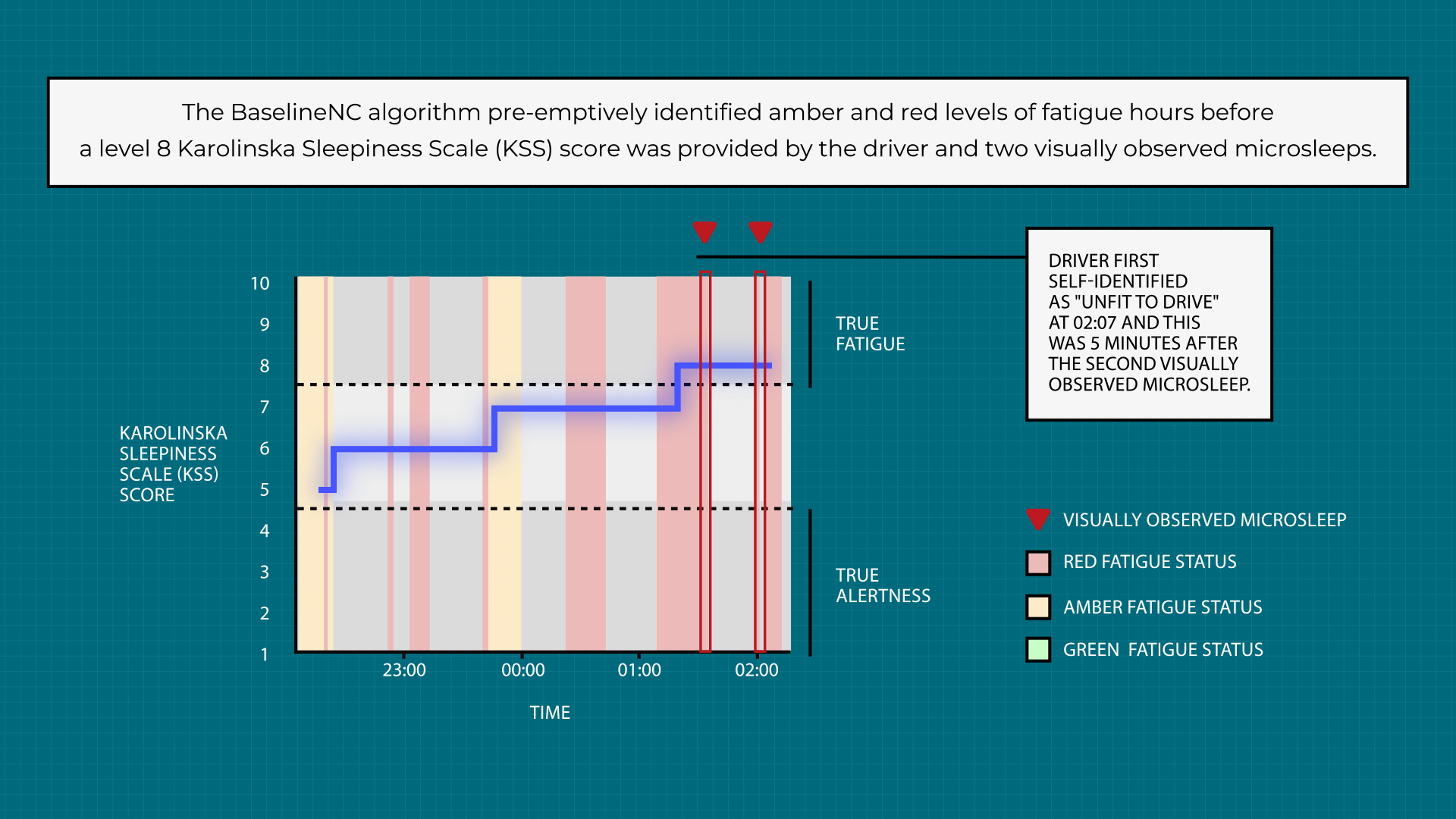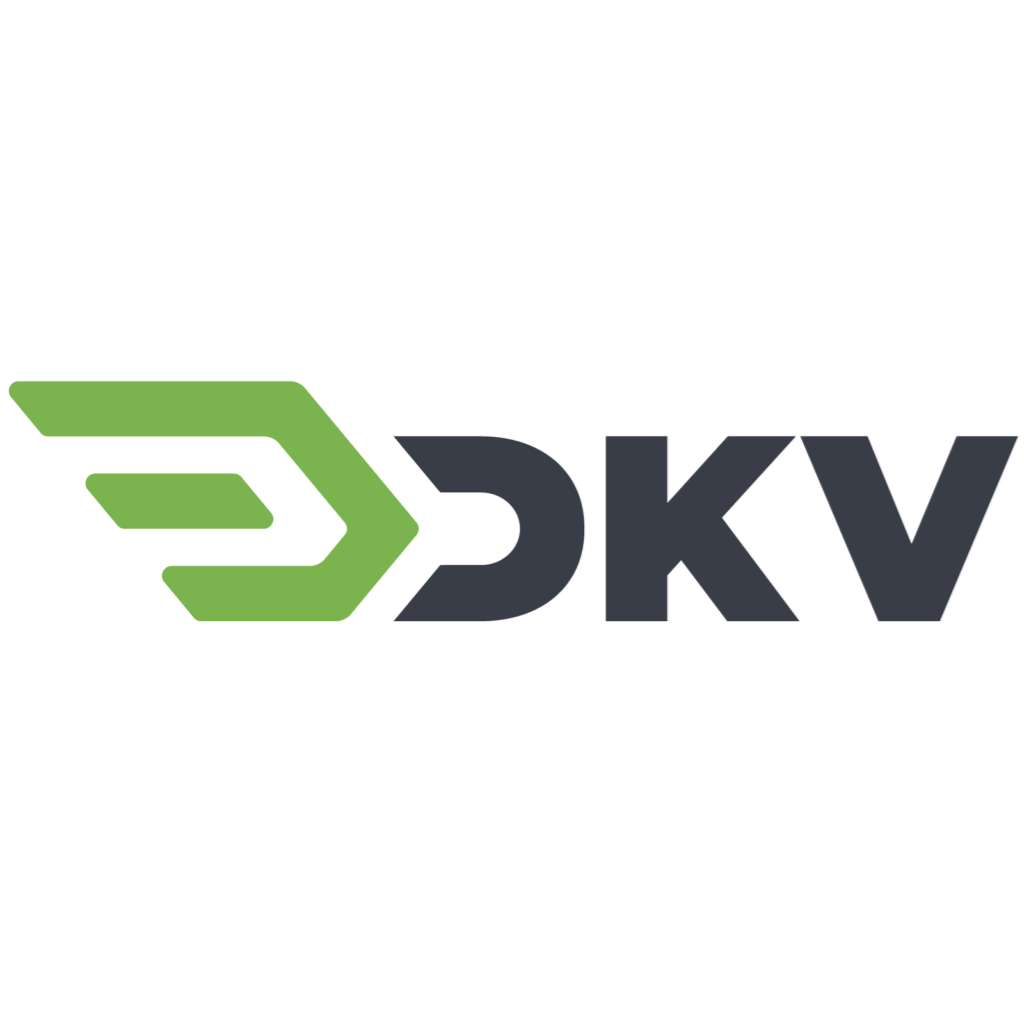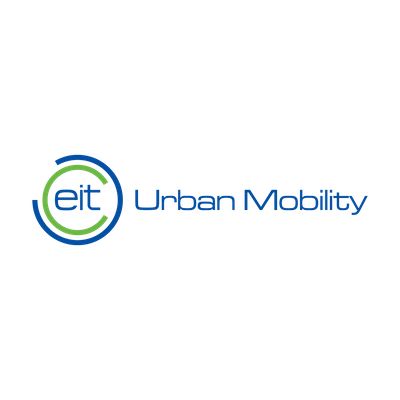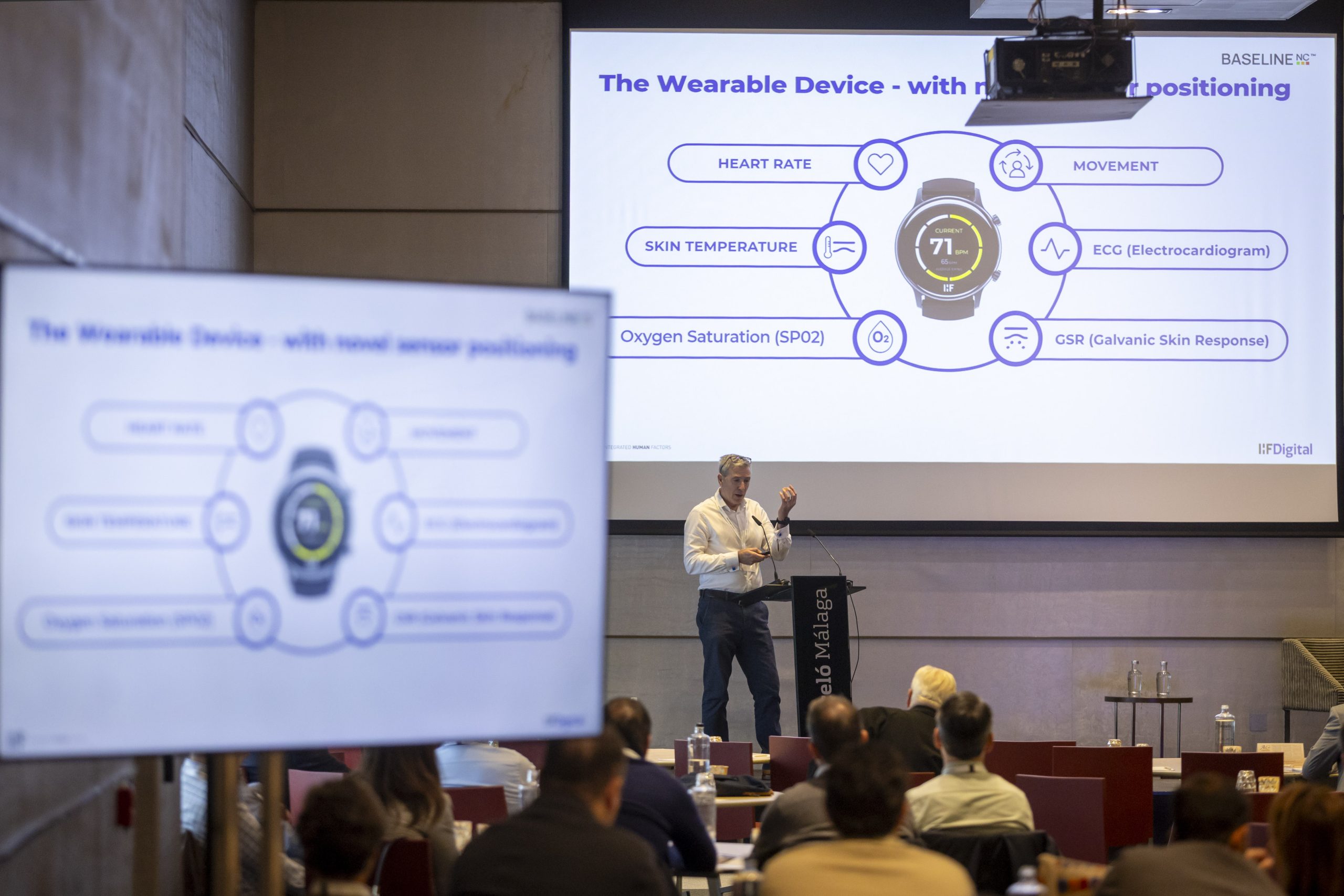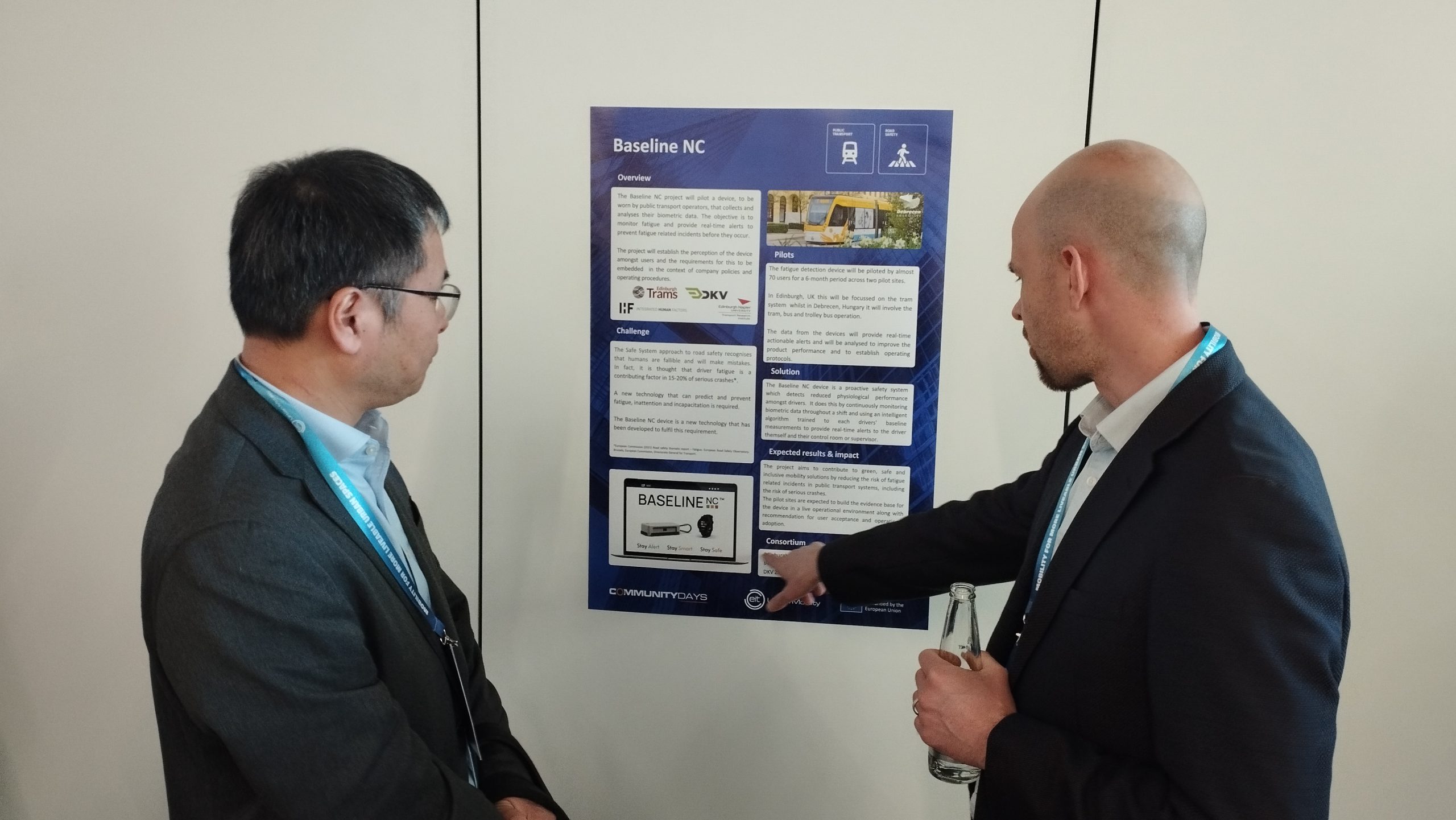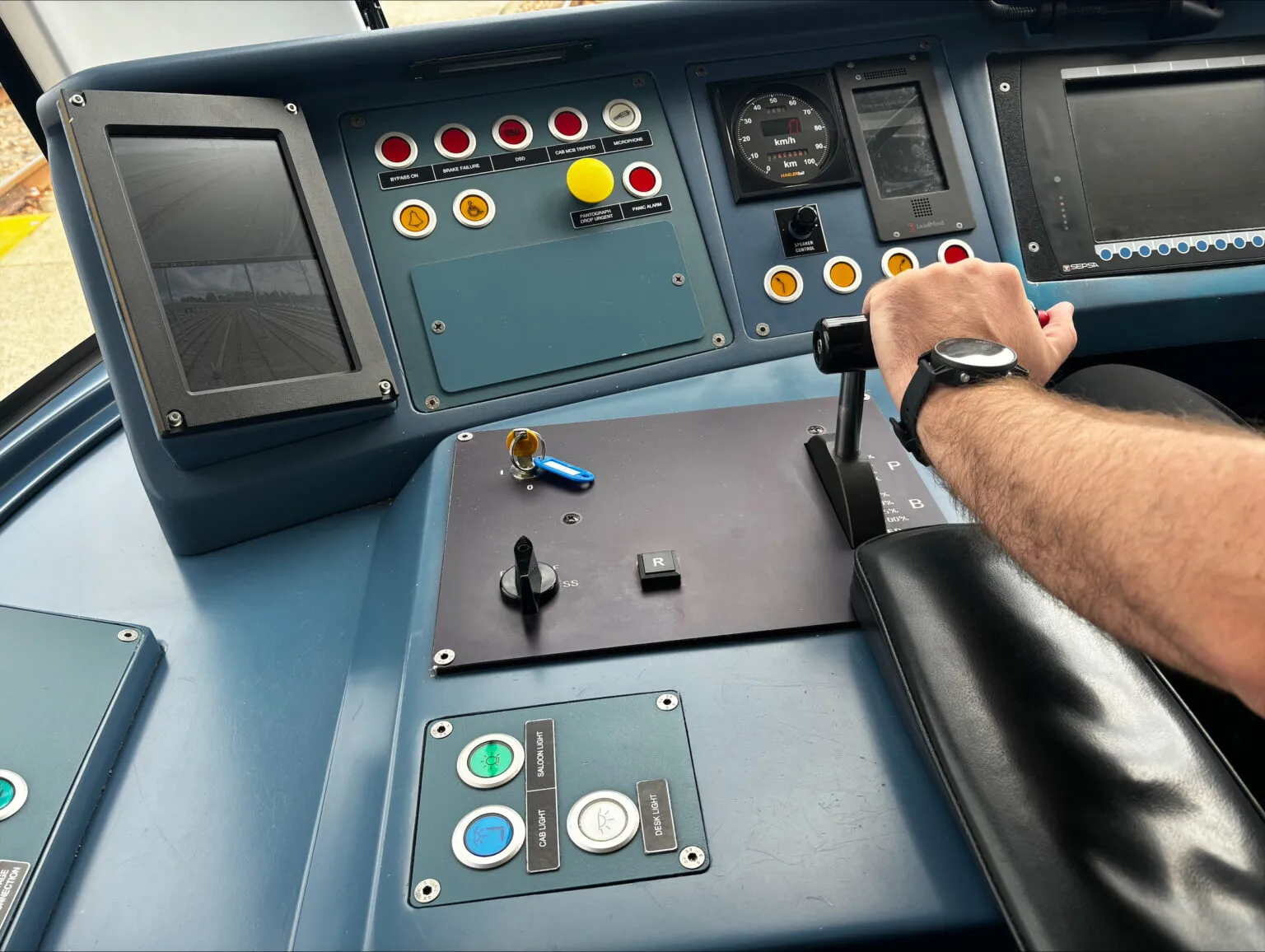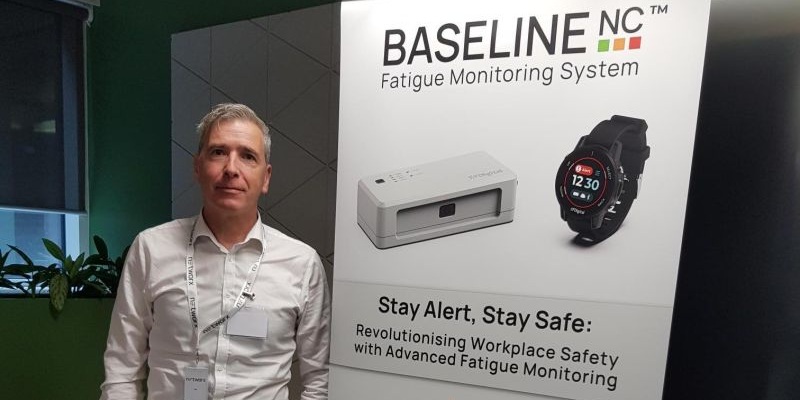Is Your Workplace Fatigue Management Reactive Rather Than Preventative?
Fatigue Kills
Root Cause of Major Environmental Accidents
Lost Productive Work Time (LPT)
Fatigue-Related Organisational Costs
Reactive Workplace Fatigue Management
Workers “Feel Fine” and Continue Working
BaselineNC Solution: The ONLY Real-Time Workplace Fatigue Monitoring Wearable With 98% Biometric Data Accuracy
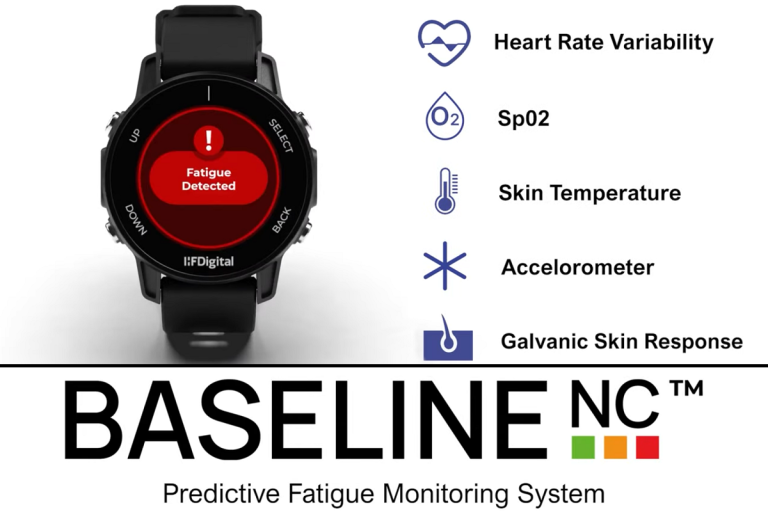
Mitigate Your Fatigue-Related Accidents and Incidents
Increase Your Workers Safety and Productivity
Reduce Your Fatigue-Related Organisational Costs
Enable Preventative Workplace Fatigue Management
Support Healthy Working Patterns
Empower Enterprise-Wide Workplace Fatigue Management
Workplace fatigue monitoring is evolving fast, but not all solutions are created equal. While eye tracking measures blink rates and gaze patterns, wearable sensors go deeper. BaselineNC uses personalised biometric data such as blood oxygen saturation, electrodermal activity, galvanic skin response, heart rate variability (RR), movement patterns using a 6-axis accelerometer and skin temperature for a more holistic view of fatigue:
Wearable Technology
- Real-Time Alerts
- Cost Effective
- Detects the Onset of Fatigue
- Ease of Use
- High Accuracy Level
- Mobile
- Straightforward Implementation
- Unobtrusive
Eye Tracking Technology
- Real-Time Alerts
- Cost Effective
- Detects the Onset of Fatigue
- Ease of Use
- High Accuracy Level
- Mobile
- Straightforward Implementation
- Unobtrusive
Why does this matter? Wearables detect fatigue before it affects performance, whereas eye tracking only sees fatigue once it is already impacting behaviour. Wearables allow you to intervene before it is too late. For example, one of the assessment results detailed in the BaselineNC Advanced Fatigue Monitoring System White Paper showed the pre-emptive detection of the onset of worker fatigue by BaselineNC HOURS before two visually observed microsleeps. There were also several other microsleep episodes within this time frame and BaselineNC was able to highlight the wearer’s steady decline to a state of dangerous fatigue.
The Benefits of BaselineNC to You, Your Workers, Your Organisation and the Public
Protect Humans and the Environment From Harm
Gain Financial and Productivity Benefits
Evolve From Only Worker Subjective Intuition and Self-Assessment
Scale an Organisational Workplace Fatigue Monitoring Solution
Prove Optimisations With Longitudinal Workplace Fatigue Data
Leverage Award-Winning Human Factors Expertise
BaselineNC White Paper: Advanced Fatigue Monitoring System
BaselineNC Case Studies


